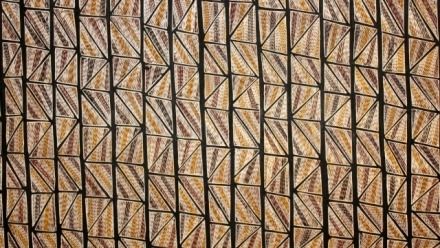Rethinking the residential segregation of Aboriginal and Torres Strait Islander people in Australian towns and cities

The understanding of contemporary patterns of Indigenous urban residential segregation remains at an early stage. Despite a voluminous literature on residential segregation in other contexts, particularly the segregation of African-American people in the United States and the segregation of post-colonial immigrants in European cities, few studies to date have used quantitative tools to examine urban residential segregation among Aboriginal and Torres Strait Islander people. This presentation aims to contribute to an understanding of contemporary Indigenous urban residential segregation in two ways. First, it presents contemporary and historical estimates of the urban residential segregation of Indigenous Australians, as measured using census data. These estimates have previously been published in CAEPR 2016 Census Paper No. 4, "Indigenous residential segregation in towns and cities, 1976–2016". Second, it questions the appropriateness of the conceptual toolkit provided by Anglo-American studies of residential segregation to Indigenous residential segregation in Australia, both conceptually and in terms of the metrics and data that are used to measure it.
Bio: Francis Markham is an economic geographer and Research Fellow at the Centre for Aboriginal Economic Policy Research.
Media: https://soundcloud.com/user-763545963/francismarkham-250718







